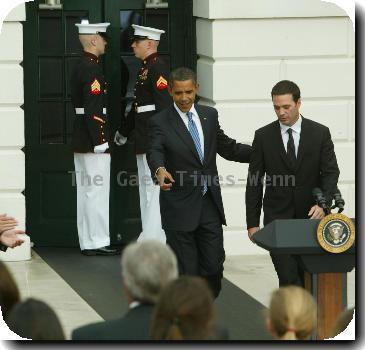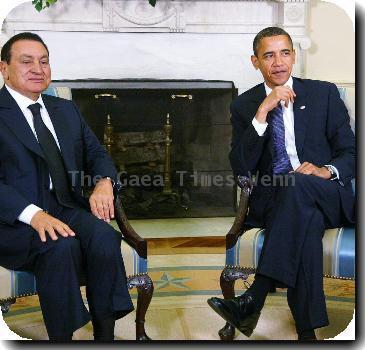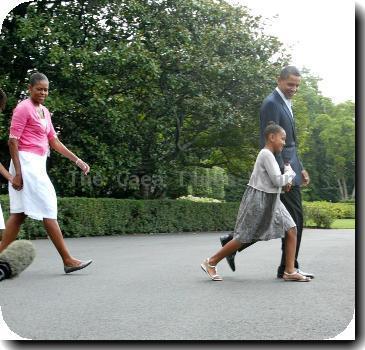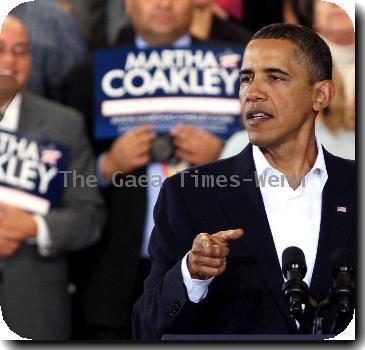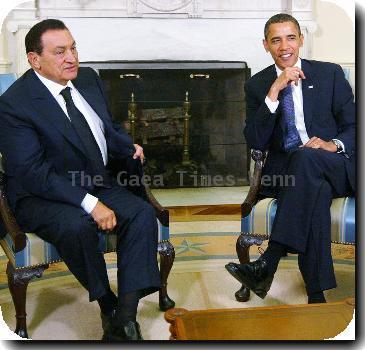AP answers your questions on the news, from risk-based fees for banks to Super Bowl rings
By APFriday, January 29, 2010
Ask AP: Super Bowl rings, charging banks for risk
If an insurance company thinks you take a lot of risks, it might charge you higher premiums. Is the government considering charging banks a fee for the same reason?
Curiosity about a risk-based levy proposed for banks inspired one of the questions in this edition of “Ask AP,” a weekly Q&A column where AP journalists respond to readers’ questions about the news.
If you have your own news-related question that you’d like to see answered by an AP reporter or editor, send it to newsquestions@ap.org, with “Ask AP” in the subject line. And please include your full name and hometown so they can be published with your question.
You can also find Ask AP on AP Mobile, a multimedia news service available on Internet-enabled cell phones. Go to www.apnews.com/ to learn more.
An NFL team is a huge organization with several hundred employees. How many Super Bowl rings are given to the winning team? Who makes them, and what do they cost?
Luke Pearson
Westminster, Md.
When the Pittsburgh Steelers won the Super Bowl last year, every single one of their full-time employees got a ring — but they didn’t necessarily receive the same gaudy ones as stars like Ben Roethlisberger.
Players, coaches, football operations staff and other top-level employees got a ring that weighed 3.7 ounces and included 63 diamonds totaling 3.61 carats. The rings were cast in 14-karat yellow gold with black antique backgrounds. Female employees received a smaller version because the full-size ring would have been too big for them to wear.
Lower-level employees received a ring with less gold and fewer diamonds, since buying the full-size ring for the entire organization would be prohibitively expensive. The NFL pays for up to 150 rings at $5,000 apiece, with the club picking up the rest of the cost.
When the Giants won the Super Bowl, the team said the rings cost about $5,500 each, but were valued at $25,000.
Jewelry companies such as Jostens manufacture the rings.
Rachel Cohen
AP Sports Writer
New York
I read, in the last couple of weeks, a proposal to assess banks a fee based on the risk of their investments. This seemed to make sense, since that, theoretically, is the basis for the premium on individuals’ insurance policies. I haven’t heard more since then — is it still something being considered?
Michael E. Ulrich
West Columbia, S.C.
This was an idea proposed by President Barack Obama as a way to cover any shortfall in the taxpayer-backed $700 billion financial rescue fund set up at the height of the Wall Street crisis in the fall of 2008.
The levy would be assessed only on large financial institutions with assets of more than $50 billion — a group estimated at about 50. The fee would be a 0.15 percent tax on the liabilities of those firms, excluding any insured deposits. Liabilities are a way of measuring an institution’s risk level, so you can think of the proposed fee as a tax on the risks that banks take.
The White House expects the fee to raise about $90 billion over 10 years. The Congressional Budget Office expects the long-term shortfall of the rescue fund — known as the Troubled Asset Relief Program, or TARP — to be $99 billion. That means the fee could recoup the TARP losses in 11 years.
The goal of the fee was twofold — repay taxpayers and discourage large banks from assuming too many liabilities outside of deposits.
Executives at large banks object to the fee because most of the TARP shortfall will be the result of infusions of money not to the banks but to the auto industry and insurance conglomerate American International Group, along with spending to ease mortgage foreclosures. Most large banks have repaid their TARP loans, plus dividend payments on top of that, so their executives believe such a fee unfairly singles them out.
Jim Kuhnhenn
Associated Press Writer
Washington
Does any individual own the copyright to “The Star Spangled Banner”? If so, do you have any idea how much they would earn each year in royalties?
Bill Hart
Canton, Ohio
No one owns the copyright to “The Star Spangled Banner,” so no songwriting royalties are being collected by anyone at the moment.
The song was copyrighted in 1861 in New York and any piece of music with a copyright date of 1922 or earlier is in the public domain, which means anyone can use it for free.
The tune was arranged by George Warren with words written by Francis Scott Key in 1814, set to the music of “To Anacreon in Heaven,” according to sheet music obtained by Haven Sound Inc., which runs the site PDInfo.com.
Any song published after January 1972 is protected by copyright through 2067, according to Haven Sound president Lynn Nagrani. Songs written before 1972 are subject to a mishmash of state laws.
However, performers who sing “The Star Spangled Banner” own their own sound recording. That’s why Jennifer Hudson can sell her version, which she belted out at last year’s Super Bowl, on iTunes, and she doesn’t have to pay Key’s heirs any royalties.
Performers can also rearrange public domain songs and copyright their own versions, like Peter, Paul & Mary did with the public domain song “Michael Row the Boat Ashore.”
Ryan Nakashima
AP Business Writer
Los Angeles
Have questions of your own? Send them to newsquestions@ap.org.
Tags: Ask-ap, Barack Obama, Events, Government Programs, Journalism, Professional Football, Sports
